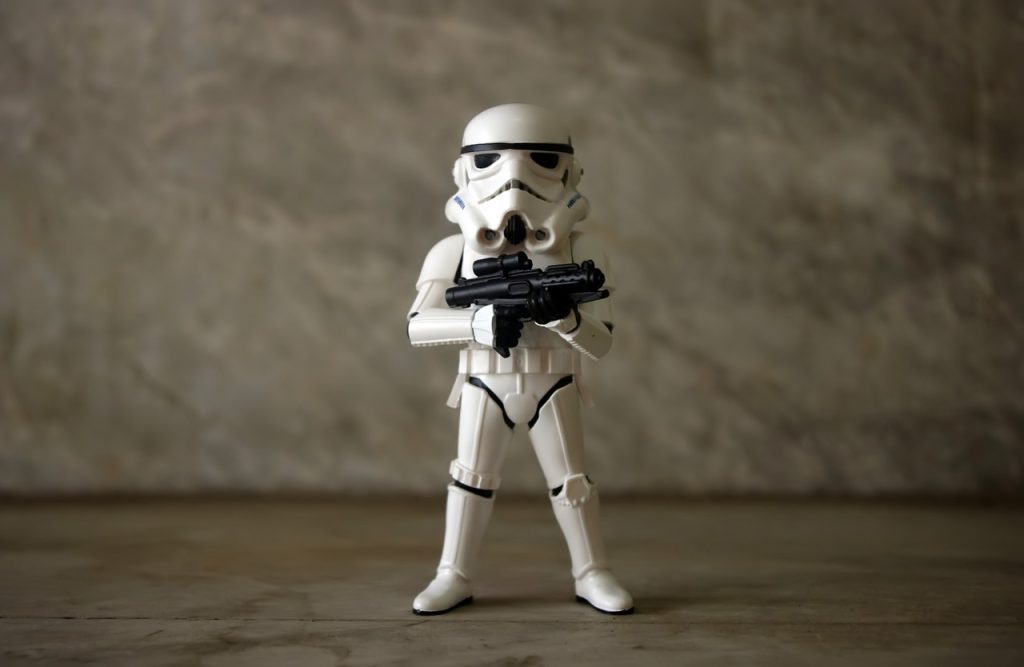Practical advice for first aid:
Have you ever given aid to an injured person or victim of an accident? The feeling of panic takes over and the fear of making a mistake is great. But in most cases first aid turns out to be a part of fundamental importance.
But why wait until you find yourself in an emergency situation to ask yourself what is the most appropriate way to intervene?
Here are our tips on how to perform a perfect first aid maneuver!
First aid: here are all the procedures to carry out:
In recent times we have noticed a greater interest in first aid procedures. Perhaps because awareness has increased that intervening promptly in emergency situations can be really important in saving a person’s life. Then, when the person in question is a relative or a friend, the matter becomes more complicated: more emotions come into play and the fear of harming them becomes unbearable.
The first rule is not to panic and just carry out the maneuvers you know. This is why it is important to practice and do simulations from time to time. This way the movements will be automatic and you won’t have time to think about the negative consequences.
Here’s how to perform first aid:
Evaluate the context of the incident. Particularly when it happens outside, the first thing to do is to make sure that the dangerous situation has stopped, so as not to risk getting hurt yourself. This is especially true in the case of a road accident, always check that there are no oncoming cars and remember to report the area of the accident appropriately.
While waiting for the ambulance to arrive, check the vital signs of the injured person. Check for breathing, pulse and state of consciousness. To assess whether the injured person is conscious, try calling him or pinching him at the trapezius, away from the neck and head to avoid more serious injuries in the event of trauma. If the individual is conscious he will respond to stimuli.
In case of unconsciousness it is very important to check breathing and that the airways are free. If he is breathing and has no obvious injuries, place him in a lateral position, also called the recovery position.
Check your heartbeat. If the victim has no pulse, is not breathing and is unconscious you will need to perform CPR to try to resuscitate him.
These first aid maneuvers can be applied in different situations. Make sure you always have your first aid kit handy. This is a box made up of the elements necessary to intervene in the case of obvious injuries. click here for first aid course
The first aid kit:
The first aid kit is nothing more than a waterproof box, small in size so that it can be easily stored in any place. Inside there are shelves and divisions that allow you to always keep it in order.
You can choose to purchase an empty one, such as the Gima speed cassette, ideal for medical and dental practices, companies and ambulances, and stock it with all the necessary elements: assorted plasters, disinfectant, hydrophilic cotton, gauze, bandages, tweezers, scissors, thermometer and ointments various.
